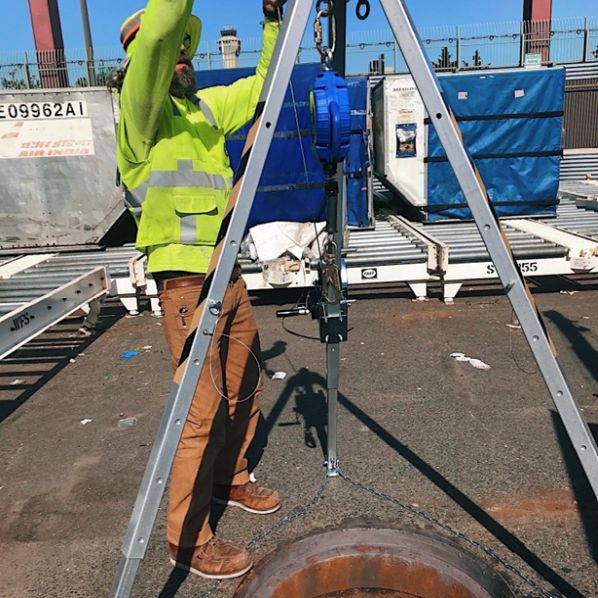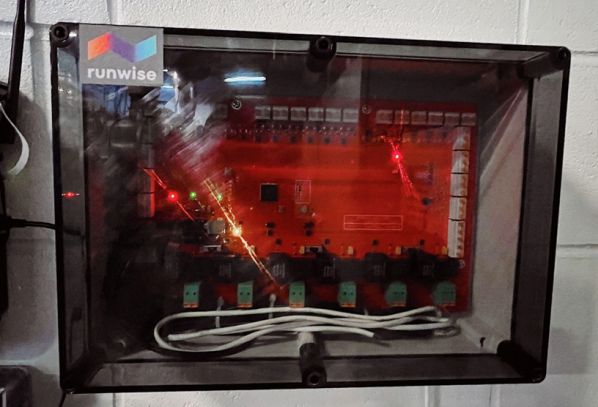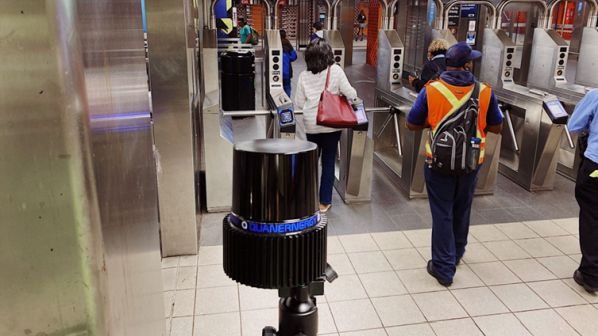THE New York Metropolitan Authority (MTA)/Partnership for New York City Transit Tech Lab announced six winners on October 31 of its Recovery and Sustainability Challenge that will deploy technologies to improve address public transport safety, track new mobility patterns, and support clean energy goals over a one-year pilot.
The companies recently completed proof of concept and will scale their solutions with the MTA, the Port Authority of New York and New Jersey (PANYNJ) and NJ Transit. According to the Transit Tech Lab, they will leverage emerging technologies, including LiDAR, AI, computer vision, and managed charging to deter unsafe behaviour, curb fare evasion, and improve the sustainability and resilience of transport infrastructure.
According to the Transit Tech Lab, the Challenge launched during the summer attracted nearly 150 applicants from across the world. The winners were evaluated and selected by a team of 38 transport and public safety experts based on impact, product, team and value of solution.

Recovery Challenge pilot winners include:
- Blyncsy (Salt Lake City, Utah) - Catalogues road infrastructure and conditions in real time, including pavement markings, obstacles and road deterioration to facilitate maintenance and enhance asset management systems
- Quanergy (Sunnyvale, California) - Uses LiDAR hardware paired with analytic software to improve transport provision. Quanergy’s Flow Management solution can report unsafe behaviour, offer object detection, and measure passenger flows.
Sustainability Challenge pilot winners include:
- GridMatrix (San Francisco, California) - Processes live feeds from cameras and translates them into metrics on traffic congestion, traffic light performance, vehicular emissions, and road safety
- StormSensor (Seattle, Washington) - Provides cost-effective stormwater/climate data and predictive analytics to mitigate flooding, simplify monitoring, and streamline maintenance and operations procedures to better deploy emergency resources in extreme weather events
- The Mobility House (Belmont, California) - Enables intelligent integration of electric vehicles with the grid while minimising charging costs. The software provides insights on how to maximise electric bus availability
- Runwise (New York, New York) - Uses wireless technology and web-based software to identify opportunities to reduce energy consumption and optimise heating in buildings.

Winners are eligible for competitive funding from the New York State Energy Research and Development Authority (NYSERDA), which will then select projects that demonstrate “innovative clean transportation solutions.”
Additionally, the Transit Tech Lab says it will also expand its network of transport experts with two new executives in residence: HNTB national transit and rail market leader, Ms Ronnie Hakim, and Aecom transit market leader for the Americas, Ms Sally Librera. They will provide lab companies with strategic advice on working with public agencies. Prior to joining HNTB, Hakim served as managing director of the MTA, leading the authority’s 70,000 employees across five operating agencies. Librera, also an experienced former MTA senior executive, was senior vice-president for Subways, where she managed the agency’s 24-hour operations and led a team of 30,000 employees.
“Mitigating the impacts of extreme weather events and addressing new mobility patterns have become prominent areas of focus for public transit agencies across the country,” says vice-president of innovation at the Partnership for New York City, Ms Stacey Matlen. “The Transit Tech Lab is proud to be at the forefront of solving these challenges with the tech sector and being part of the region’s recovery and sustainability strategy. We look forward to seeing how these six innovative companies create a more resilient transportation network and improve the transit experience for millions of riders.”

